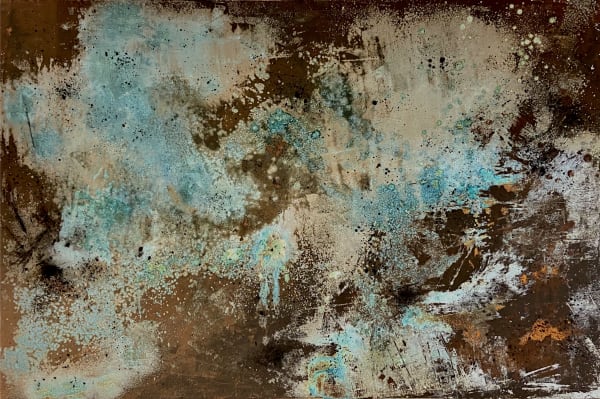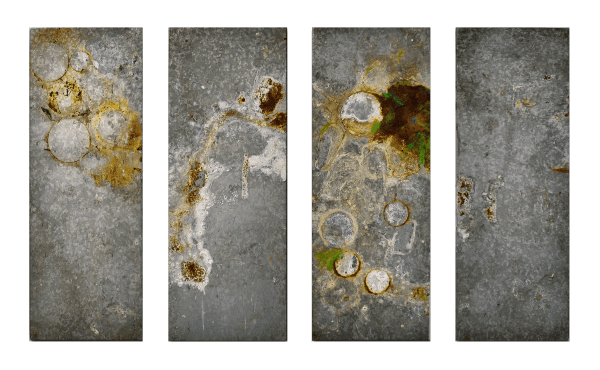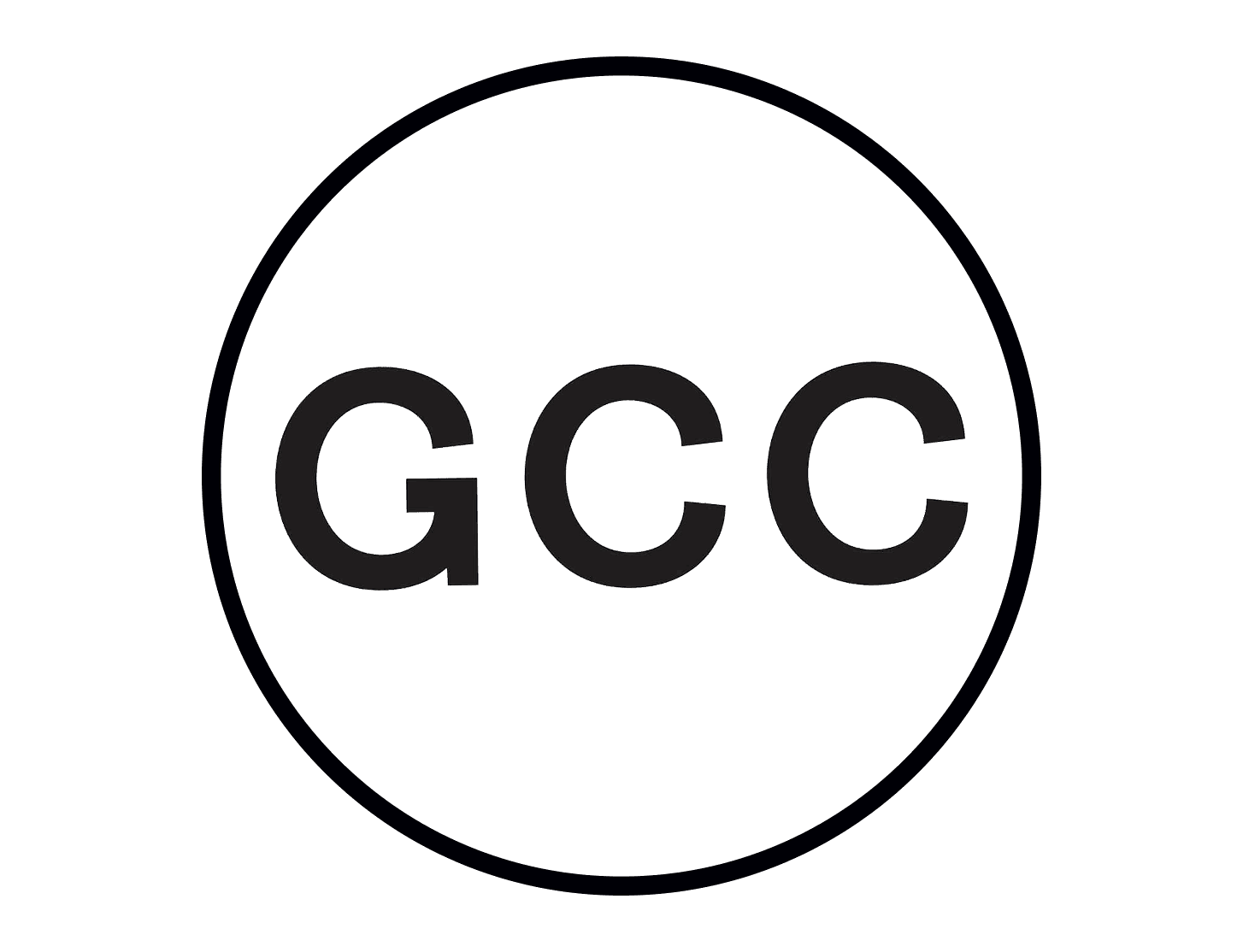-
"That fallen lance that lies unlifted now, come dew, come rust, But still lies pointed as it plowed the dust"
- Robert Frost
These paintings visualise the changes brought about by shifting weather patterns through a collaborative effort between the artist and the elements. Rosannagh's Alchemy series experiments with the chemistry of reactive metals, pigments and oxides. Salt, rainwater, time, seasons and weather patterns produce images on the metal through corrosion and oxidisation, taking anything from several days to several months - or even years - to complete.
-
-

Rust
An iron oxide, usually a reddish-brown oxide formed by the reaction of iron, oxygen and water.
-

CORROSION
A natural process that converts refined metal into a more chemically stable oxide by a chemical reaction with its environment.
-

PATINA
A patina is a thin layer that forms on the surface of copper, brass, bronze, and similar metals and alloys through age and exposure.
-
-
-
-
The 7 Metals of Alchemy
Alchemy made use of the four classical elements of air, earth, wind and fire. However, seven metals - associated with the seven classical - also played a leading role in alchemical symbolism. Associations and symbolic meanings were crucial in alchemical practices, where the transformation of base metals was not only seen as a physical process, but also a spiritual journey towards enlightenment.
LEAD
Heavy and dense, lead was the first and oldest of the seven metals of alchemy. It was thought to symbolise the prima materia: the raw material from which transformation begins. Its associated planet, Saturn, represented limitations, discipline, and the beginning of all alchemical processes.
TIn
Malleable and resistant to corrosion, tin was thought to symbolise the malleability of the soul and the incorruptible quest for wisdom that spiritual alchemy pursued. It was thought to be the product of a union of air and earth. Its associated planet, Jupiter, represented expansion, growth, and benevolence.
IRON
Iron is the fourth most common element in the world by mass, as it forms much of the Earth's outer and inner core. Strong and durable, it unsurprisingly came to symbolise strength and resilience, but was also thought to showcase the transformative and purifying aspects of alchemy. Its associated planet, Mars, represented energy, conflict, and transformation.
GOLD
Precious and incorruptible, gold was the symbol and the ultimate goal of the 'Great Work' of alchemists: the transmutation of the base into the noble. It was viewed as the highest state of perfection - being made from a combination of air, earth, wind and fire - and was a metaphor for spiritual enlightenment. The Sun, its associated celestial body, was thought to be not only a source of light and life, but also spiritual illumination.
COPPER
Vibrant and attractive, copper symbolised beauty and allure, and was associated with Venus - worshipped as an ancient goddess of love, beauty, and harmony. Copper was once used to make mirrors, which further explains the link with beauty. However, in alchemy it also represented the power to harmonise opposites, and was believed to come from a union of fire and water.
MERCURY
Called 'quicksilver' in ancient traditions, mercury is a liquid at room temperature, and was therefore taken to symbolise the fluidity and volatility of the alchemical process. It is the only metal that still retains its planetary name as its common name. Although lead was believed to be the first metal, Mercury was the 'First Matter' from which all other metals were formed. Mercury, both the planet and the metal, is associated with communication, change, and transformative processes.
SILVER
Lustrous and reflective, silver symbolised purity and clarity, as well as receptivity, intuition, and the reflective aspect of the soul. It was thought to come from a union of air and water. The Moon, its associated celestial body, represented intuition, the subconscious, and the divine feminine.
A record of time and weather
Join the mailing list
* denotes required fields
We will process the personal data you have supplied in accordance with our privacy policy (available on request). You can unsubscribe or change your preferences at any time by clicking the link in our emails.










